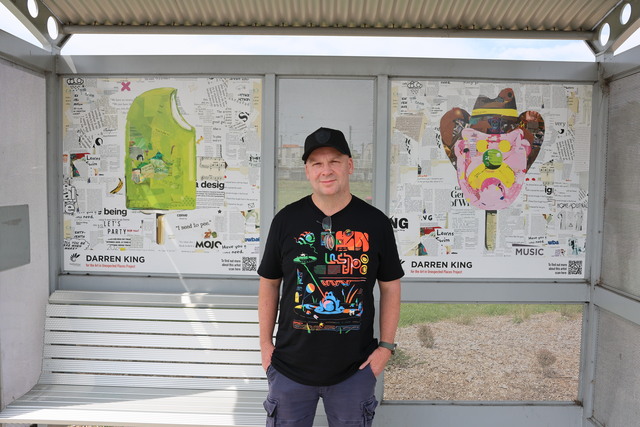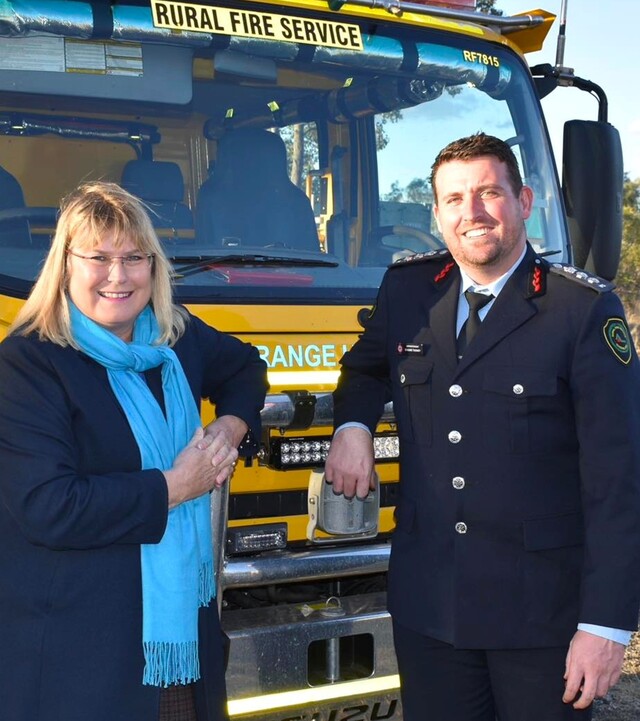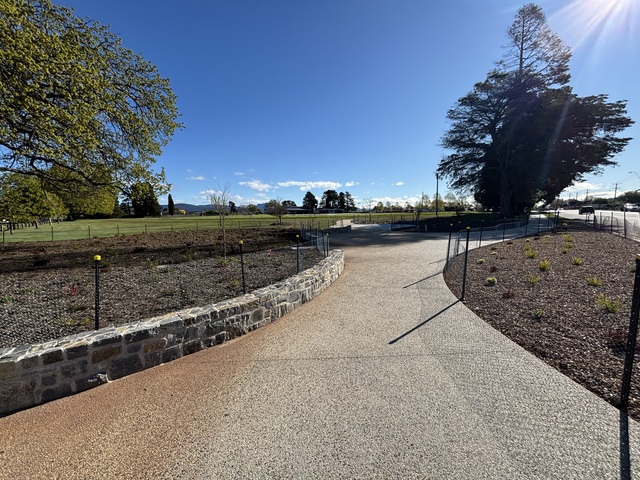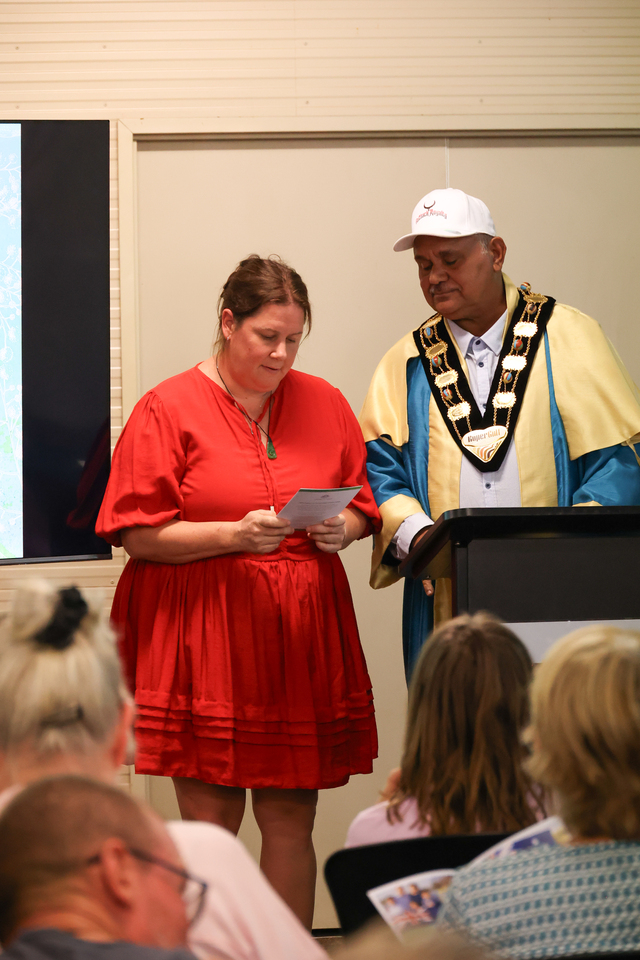Central Australia’s three shire councils are rolling out very successful landfill upgrades in remote Aboriginal communities.
The Central Desert, MacDonnell and Barkly shires service 31 remote Aboriginal communities across the southern half of the Northern Territory (an area bigger than NSW), covering around 15,000 people. Each community has a wheelie bin collection service for household rubbish, using rubbish trailers and compactor trucks.
Remote community landfills are simple, suiting the scale and location of each community. They are typically located one to three kilometres from the community and have a cleared area with an excavated pit where rubbish is dumped. Most sites are fenced; some are not.
Historically, sites have been poorly managed with overflowing pits, open public access, illegal dumping in the surrounding bush, no separation of hazardous materials and regular burning of waste. Fortunately this situation is changing due to focused input by each shire, and local Indigenous employees are very enthusiastic about the changes.
In mid 2012, the NT Health Department committed $107,000 through the Local Government Association of the Northern Territory (LGANT) to assist the shires, focusing on three major communities – Yuendumu, Hermannsburg and Ali Curung.
The shires formed a partnership and employed a Waste Management Coordinator, Geof Taylor (and before him Mick Café), to drive reforms. Key shire operational staff came together and workshopped suitable landfill designs and management regimes that suited the shires’ unique circumstances. Backhoes are the main machines available in most communities for landfill management, and operational processes reflect this.
Pits are continuing to be used, with the addition of stepped and bunded pit walls for safety and stormwater exclusion. These pits are being fenced off from public access, with only trained shire staff having access. ‘Transfer stations’ are being set up on the other side of the fence, containing drop off bays for ‘listed wastes’, including scrap metal, tyres, batteries, paints & chemicals, waste oil, gas bottles and green waste (of which there is little). All are clearly signed using old car bonnets. As the listed wastes accumulate, they are moved to long-term storage piles for later removal to Alice Springs.
An earth-bunded bay is then set up next to the listed waste bays, for the public to drop their general rubbish on the ground. This allows shire staff to quickly and easily remove listed wastes before moving the remainder by backhoe into the pit. It is then compacted by the backhoe bucket and a sprinkling of dirt placed over the top.
This is where there is a vast improvement on the previous situation, where local Indigenous field officers were reluctant to take backhoes near the pit due to the high risk of tyres being punctured from rogue metal.
Cardboard from community stores was also rapidly filling pits, and was being used as an excuse for regular burning of main pits. Dedicated burning pits have now been excavated in cleared areas of the landfill, where the community store places their cardboard for burning by shire staff. Bushfires NT have given permission for this controlled burning, provided the shire fire trailer is present. It has made a significant difference to volumes entering the main pit.
Most sites are littered with years (or decades) of ‘legacy waste’, sitting in untidy mounds around the vicinity, with sheets of tin, old washing machines and demolition rubble being common. Asbestos sheeting and sewer pipes are sometimes present. Some sites have up to 40 hectares of such contamination, and the shires have inadequate funds and resources to tackle these areas, which pre-date the formation of the current NT shires in 2008. They are being fenced, signed with ‘Possible Asbestos’ signage and left for another day, having been assessed as low risk to residents due to the intact nature of the asbestos products and the distance from communities.
Immediately around the active landfill though, much work has gone into clearing old debris to create safe, functional areas for shire workers and the general public to use. Tackling these tangled masses of metal, old blankets and cow-remains seemed like a near-impossible task, but they were cleaned up very quickly once the work began.
Geof Taylor has been providing valuable onsite training to local Indigenous shire staff on appropriate management of waste and pits using the backhoe. Staff are universally appreciating this training, as they had never enjoyed the uncontrolled and hazardous nature of the old landfill sites. Public users are also tickled pink, as they are now using clean, easily understood landfill facilities.
The project is continuing through to December 2013.







